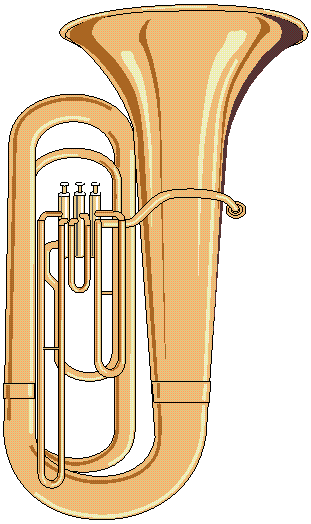
oompaBase
Contains definitions that are needed in order for other packages to load properly. Some definitions (like class unions) must be visible before loading a package that uses them, and cannot be defined in the same package.
PreProcess
Preliminary library for low-level preprocessing of microarray data. Provides
tools for using consistent color schemes in diagnostic and other plots. Also
defines the Processor and
Pipeline classes used so objects can maintain a history of how they
were produced.
ClassComparison
The ClassComparison library provides tools to perform "class comparison" analyses of microarray or proteomics data. Class comparison problems start with two or more known groups of samples, and ask the analyst to find genes or proteins that are different in some way between the two groups. Methods implemented in this release include
- Two-sample t-test
- Fixed-effects linear models with ANOVA
- Beta-uniform mixture (BUM) model to account for multiple testing by controlling the false discovery rate (FDR).
- Wilcoxon rank-sum test with empirical Bayes
- Signficance Analysis of Microarrays (SAM)
- Total Number of Misclassification (TNoM)
- Dudoit's adjustment of p-values to control the family-wise error rate (FWER)
- Smooth t-test
Online help, manuals, source, and binary libraries are available.
ClassDiscovery
The ClassDiscovery library provides tools to perform "class discovery" analyses of microarray or proteomics data. Class discovery methods perform unsupervised analyses to try to "learn" or "discover" group structure in the data. Methods implemented in this release include
- Nonparametric bootstrap to test the significance of clusters
- Parametric bootstrap with gaussian noise to test the significance of clusters
- Principal components analysis of the biological samples
- Mosiac plots (i.e., the red-green two-way hierarchical clustering plots introduced into the microarray world by Mike Eisen)
- PCANOVA, which provides an "analysis of variance" inspired method thatb uses principal components to test whether putative group structures are really present in the data
Online help, manuals, source, and binary libraries are available.
TailRank
The Tail Rank test is a new method we have developed for finding biomarkers in microarray or proteomics data sets. The method is essentially non-parametric, focusing on the tails of the distributions in the two classes being compared. The method allows analysts to perform realistic sample size and power computations.
SuperCurve
SuperCurve is a package we have developed to analyze reverse-phase protein arrays. The package includes routines to load raw data files quantified by MicroVigene, to fit a four-parameter joint logistic model in order to estimate protein concentrations, along with methods to assess the quality of the fit.